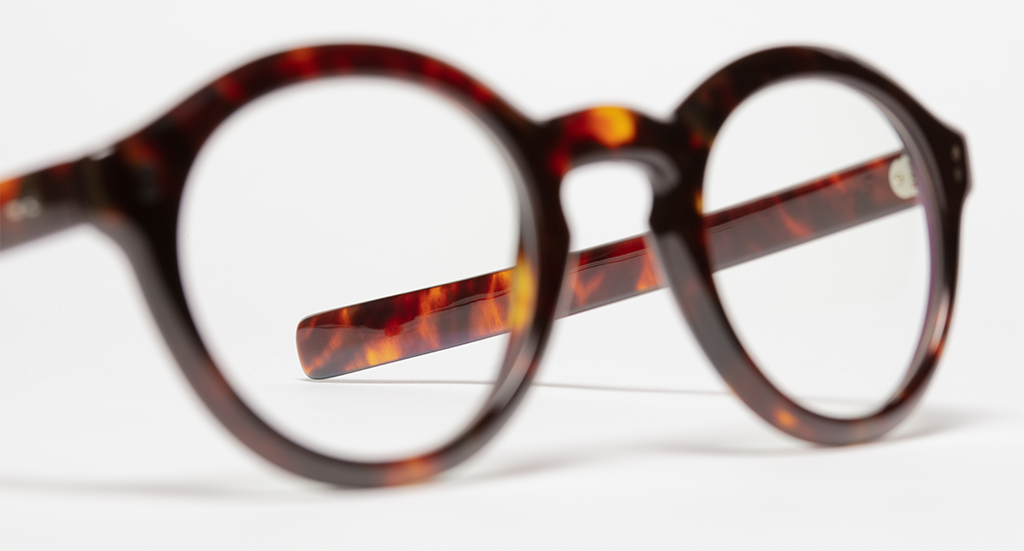Style Icons
Ignatius Joseph & the Renaissance of Elegance
Ignatius Joseph & the Renaissance of Elegance

»The language of style develops by paying attention to all the senses.«

When and how did you discover your passion for fashion?
Believe it or not, it was on the cricket pitch. Like many young men I had a passion for sports when I was a lad. Our national sport is not football—although that also originated in England—but cricket. Cricketers in the 1950s and 1960s were still dressed like gentlemen. They appeared at the crease (on the field to bat) in white flannel trousers and shirts with collars. Before and after they were dressed with tie, blazer and proper shoes.
There were no “pyjamas” like the cricketers started to wear later. I mean cricket meant “whites” not multi-coloured athletic attire manufactured with some name brand. Well, when your sports idols are properly dressed it inspires you to be well-dressed too. When you want to be distinctive on the playing field you try to find some unique way to bat or bowl. Off the pitch I wanted to find ways to express myself in my attire, while retaining the classic style I admired in the pavilion.
At what point in your life did you decide to work in the fashion industry?
After many years in the hospitality industry, I decided that I had had enough of hotel management. I never chose to work in the fashion industry. In fact, I have never worked in that segment. My decision was to make and sell the kind of clothing, especially shirts, which I wished I could have bought at the time. I believed then and believe now that there are many people like me who want well-crafted clothing that is timeless and yet exciting. Shirts were the most obvious place to start because that is something every man wears.





You established your own label IGN.JOSEPH twenty years ago. What motivated you to set up your own label?
I believe that I have to be responsible for my ideas. I did not create a label for others to show to their friends or rivals. I just wanted those who buy my shirts to know that there is a person behind these creations who is not afraid to say his name.
Your portfolio consists exclusively of goods that are handmade in Italy. How did you identify the master craftsmen there?
Italy is rich in artisanal resources of all kinds. Since industrialisation really only affected the North, that is the region bordering on France, Switzerland and Austria, much of the country is filled with people who make everything themselves at pre-industrial scale. If you know what you want, you can find it.





You’re best known for your shirts, but you also have some wonderful accessories in your portfolio. Please tell us about it …
The shirt can be understood – to use a modern term – as a platform. It covers the vital organs. The neo-Confucianists talk of the “heart-mind”. What they mean is that emotions and intellect both come from the heart. They reject the idea that the brain and the heart are separate spheres. Well, I didn’t read all the Confucian classics. But when I heard this, my intuition was confirmed.
The shirt is worn at the centre of the man or woman. It should reflect that spiritual energy. From there the blood flows to the wrists where my cufflinks can be found; to the neck and head where ties and hats are appropriate and to the feet where shoes should fit. My choice of accessories follows the most important flows of energy in the body. It is not acupuncture but there seems like an implicit philosophy, thousands of years old, in fact.





Fashion is a language. What rules should one follow in order to be able to speak this language fluently and confidently?
The language of style develops by paying attention to all the senses, visual, aural, tactile, olfactory and those which are beyond specific location. Think about it. How does one move in a rush through a crowded terminal without bumping into everyone else who is doing the same thing – but coming and going from somewhere else. You need to read what is not written and hear what is not said.






You are known for your red shoes. What’s that all about?
I told you I started on the cricket pitch. When I say that the rule was “whites”, I mean exactly that. A cricketer wore a white shirt, white trousers and white boots. His cap might have the colours of his club, but in Sri Lanka it is too hot to wear a cap all the time. So, one day I decided to impress my friends with a stylistic challenge. I bought a jar of red polish and painted my cricket boots red, like the ball used in the game.
Back then there were no boots from the peg. My mother had to have them made for me by a shoemaker. When I returned from a school match with my red boots—having impressed all my classmates as I had hoped– I got a thrashing from my father for spoiling what had been an expensive outlay. Sometimes a punishment can lead to a penchant. I am no masochist, but I learned then that to lead in style sometimes means you have to go into the red.
You regularly commute back and forth between Sri Lanka, Europe and the US. In which of the cultures do you feel most at home?
When you travel as much as I do the question is really – is there any place I don’t feel at home? I haven’t been to either of the Poles. Now I travel far less than in the past.

Thank you, Ignatius!






Join our Community